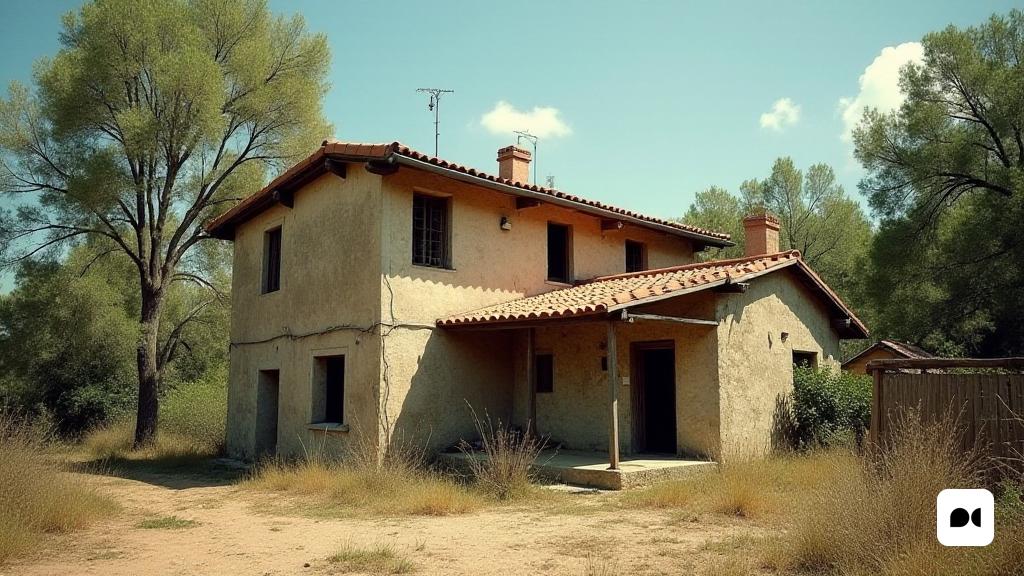A migration marked by the need
In the late 1950’s, thousands of individuals from southern Spain left their impoverished lands seeking a better future in Catalonia. Barcelona hosted many of these immigrants, who acquired small plots to lift their homes. The legislation of the era, curiously strictly, required the demolition of constructions that had no roof the following morning of their night eruption.
Life in the Baró Torre district
The Torre Baró district, located in a steep area, was isolated from the rest of the city, with a complicated access that made it difficult for the arrival of basic services such as water and electricity. In addition, the lack of public transport meant that the connection with the center of Barcelona was almost non -existent, aggravating the already precarious living conditions of its inhabitants.
The strength of the community
The film’s narrative reveals the strength of the community, made up of men and women, who, despite living in poverty, had a deep sense of dignity. With admirable determination, they joined efforts to make their struggles visible and peacefully defend their rights. Neighbors became agents of change, working collectively to improve their conditions.
Manolo Vital: a Heroi del Dia a Dia
Notable among these brave Manolo Vital, a bus driver with an indomitable spirit. Its most emblematic action was the symbolic ‘abduction’ of bus number 47, which took to Torre Baró to show that transport was possible. This action became a symbol of neighborhood struggle.
A moving film work
The film directed by Marcel Barrena, who tells this story, captures the audience from the beginning. It is a deeply human story, with the participation of neighbors who experienced the events of 1978. Eduard Fernández offers an interpretation of the vital brave that transcends the screen, becoming a real representative of the people.
A realistic portrait of the time
With a masterful use of images of the sixties and seventies, the film presents an authentic historical context, reflecting the languages spoken: Spanish, Catalan and even the ‘poorly spoken Catalan’ that the so -called ‘Txarnegos’ learned to integrate. In addition, a subtle critique of the disconnect of politicians with the needs of the neighborhoods is made.
A tribute to social resistance
Considered as one of the best films of the year, ‘The 47’ is a work that combines simplicity, courage and a deep humanity. He celebrates the strength of the neighborhood and social struggles, paying tribute to a man who, through his commitment and dignity, managed to get the forgotten neighborhoods to regain their voice and dignity.

